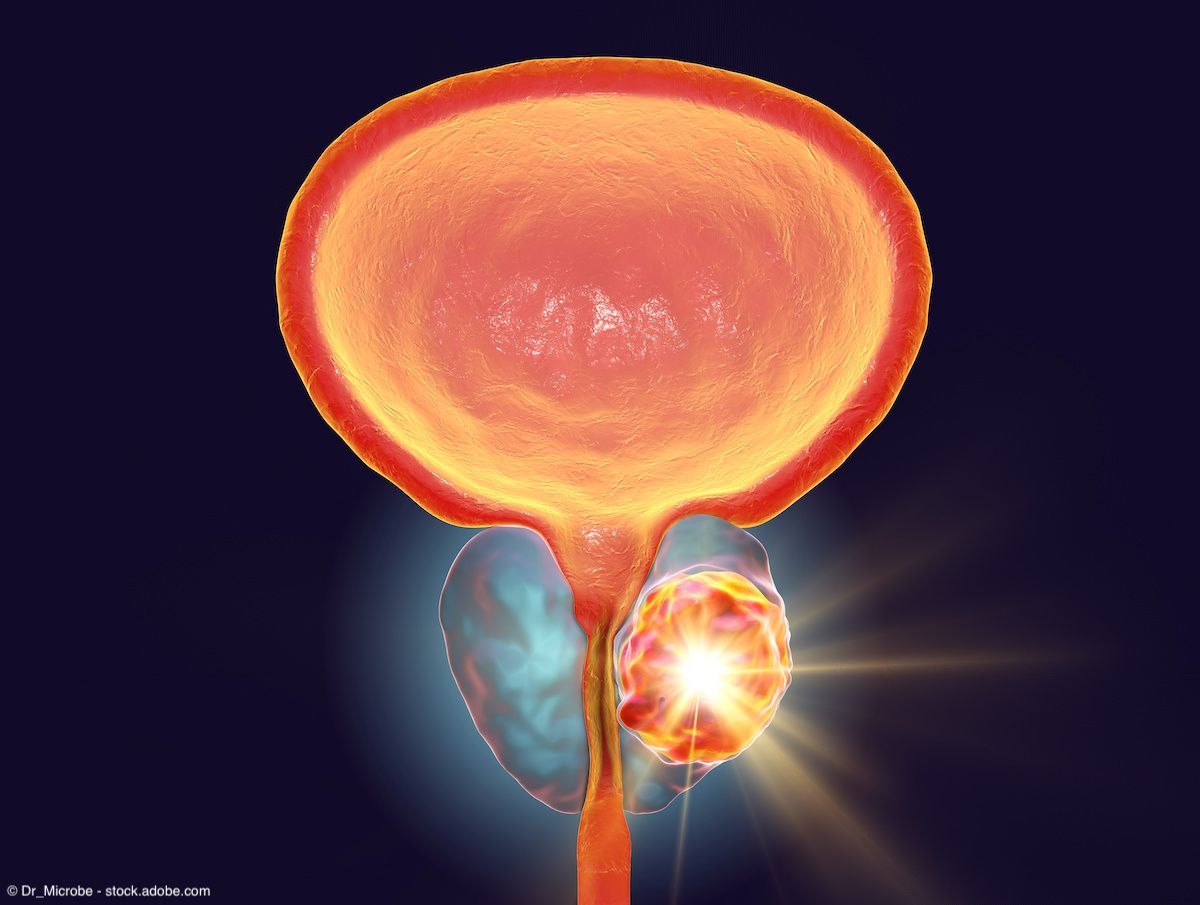News
Article
Adding cabozantinib to nivolumab/ipilimumab confers PFS benefit in aRCC
Author(s):
Key Takeaways
- The triplet regimen of cabozantinib, nivolumab, and ipilimumab improved PFS in aRCC patients but did not enhance OS compared to the doublet regimen.
- Patients receiving the triplet regimen experienced longer time to first systemic non-protocol therapy, but also faced increased adverse events, notably liver toxicity.
However, the triplet regimen did not lead to an improvement in overall survival.
Updated data from the phase 3 COSMIC-313 trial (NCT03937219) showed that the addition of cabozantinib (Cabometyx) to nivolumab (Opdivo) and ipilimumab (Yervoy) continued to demonstrate an improvement in progression-free survival (PFS) compared with the doublet regimen alone in patients with advanced renal cell carcinoma (aRCC). 1
However, the triplet regimen did not confer a significant benefit in overall survival (OS).
Laurence Albiges, MD, PhD

The findings were presented by Laurence Albiges, MD, PhD, during the 2025 American Society of Clinical Oncology Genitourinary (ASCO GU) Cancers Symposium in San Francisco, California.
Primary results from the trial, conducted at a median follow-up of 14.9 months, showed greater PFS with the triplet regimen (cabozantinib plus nivolumab and ipilimumab) compared with the doublet regimen (placebo plus nivolumab and ipilimumab).2 Specifically, the median PFS was not reached in the study arm vs 11.3 months in the control arm (HR, 0.73; 95% CI, 0.57-0.94; P = .01). There was also a greater PFS benefit observed among patients with IMDC intermediate-risk vs poor-risk.
The updated analysis presented at ASCO GU was conducted at a median of 45 months (95% CI, 37.4-58.5 months) of follow-up and continued to show an improvement in PFS with the addition of cabozantinib. In the triplet arm, the median PFS was 16.6 months (95% CI, 14.0-22.6 months) vs 11.2 months (95% CI, 9.3-14.0) in the doublet arm (HR, 0.82; 95% CI, 0.69-0.98).
However, OS was shown to be comparable between both arms. In the intent-to-treat population, the median OS was 41.9 months (95% CI, 34.8-47.9 months) with the triplet regimen vs 42.0 months (95% CI, 34.9-53.1 months) with the doublet regimen (HR, 1.02; 95% CI, 0.85-1.23; P = .8366).
When stratified by risk groups, patients with IMDC intermediate-risk disease continued to show an improvement in PFS, but OS was also comparable between the treatment arms in both risk groups.
Albiges noted on the subgroup analysis, “There was no strong signal favoring 1 subgroup in favor of the triplet.”
The time to first systemic non-protocol therapy was longer among patients who received the triplet regimen, with a median time to subsequent therapy of 14.5 months (range, 1-46 months) in the triplet arm vs 9.7 months (range, 0-48 months) in the doublet arm. The use and type of subsequent treatment was similar between the arms, with the most common therapy being a VEGFR TKI, used in 36% of patients in the triplet arm and 41% of patients in the doublet arm.
Regarding the safety data, Albiges noted, “The triplet led to an under [exposure] to cabozantinib, given that the median average daily dose of cabozantinib in the triplet arm was 22.4 mg vs 35 mg for the placebo plus nivo/ipi arm. The number of cycles of ipilumumab that could be administered was lower in the triplet; only 58% of patients could get the 4 cycles of ipilimumab vs 74% in the doublet arm. That is also associated, of course, with treatment-related adverse events that occurred and led to the discontinuation of at least 1 component of the triplet strategy for the triplet arm in every other patient, almost 50%, vs 25%, 1 patient out of 4, in the doublet arm.”
Adverse events were primarily driven by liver toxicity, namely increases in ALT and AST.
In total, the COSMIC-313 study enrolled 855 patients with aRCC who were randomly assigned to receive cabozantinib plus nivolumab and ipilimumab (n = 428) or to placebo plus nivolumab and ipilimumab (n = 427). The primary end point was PFS after the 249th event among the first 550 patients to be randomized. The secondary end point was OS after 433 events among all randomized patients. Additional end points included objective response rate, duration of response, and safety.
Exploratory analyses
The investigators also conducted 2 different exploratory biomarker analyses using RNA-Seq data from tumor samples (n = 398). In the molecular clustering analysis, they found no association between the clusters and clinical outcomes (PFS and OS). However, they noted that the sample sizes in each cluster were small.
In the second analysis, the investigators used deconvolution from RNA-Seq data to assess the impact of the addition of cabozantinib based on immune cell types. In this analysis, M2-like macrophages were found to be associated with worse PFS and OS. However, the addition of cabozantinib appeared to overcome M2-like macrophage-mediated immune suppression, leading to improved PFS and OS vs the placebo regimen in both patients with M2-like low and M2-like high expression.
Albiges noted, “This expression was associated with a dismal prognosis, both in PFS and OS, but the addition of cabozantinib allows to rescue the poor prognosis features associated with this immune cell infiltrate. We believe that this is something that will require further validation and seems to highlight the fact that we need a potent VEGF-TKI to revert the dismal prognosis associated with those cells.”
According to the authors, preclinical and clinical validation of this finding is ongoing.
In an interview with Urology Times®, Albiges concluded, “Taken altogether, the study remains positive for PFS, but not for overall survival; it is not going to change our practice.”
REFERENCES
1. Albiges L, Motzer R, Trevino S, et al. Cabozantinib (C) in combination with nivolumab (N) and ipilimumab (I) in previously untreated advanced renal cell carcinoma (aRCC): Final results of COSMIC-313. J Clin Oncol. 43, 2025 (suppl 5; abstr 438). Abstract 438
2. Choueiri TK, Powles T, Albiges L, et al. Cabozantinib plus nivolumab and ipilimumab in renal-cell carcinoma. N Engl J Med. 2023;388(19):1767-1778. doi:10.1056/NEJMoa2212851

















